YYYYMMDD >>> BACK HOME <<< >>> SELECTED FEATURES <<< >>> HIDDEN ARCHIVE <<<
[20211207]
NO SOUND OF WATER by TROIKA at ARTE ABIERTO [from 20211112 to 20220515]
[Photos: Troika]
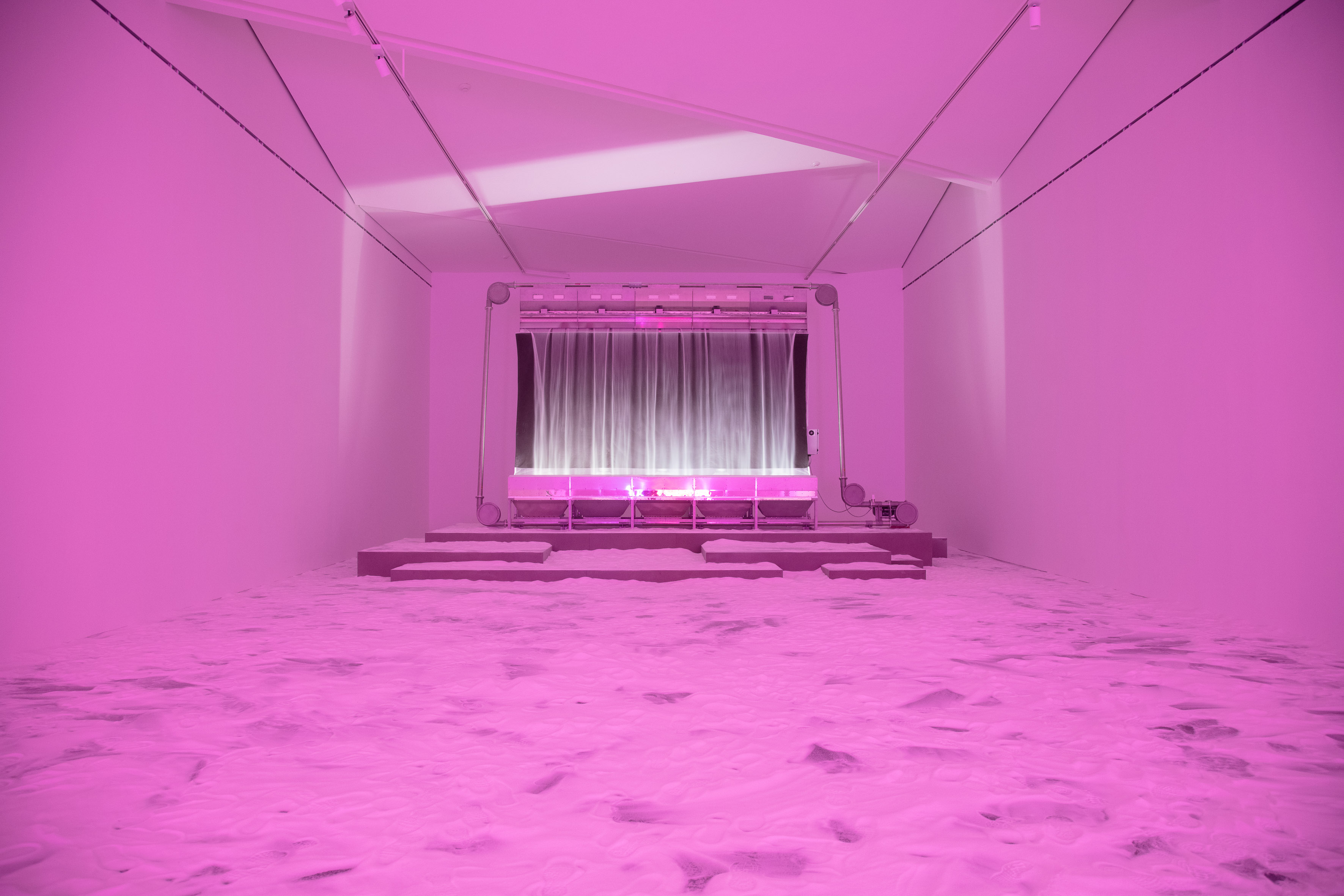









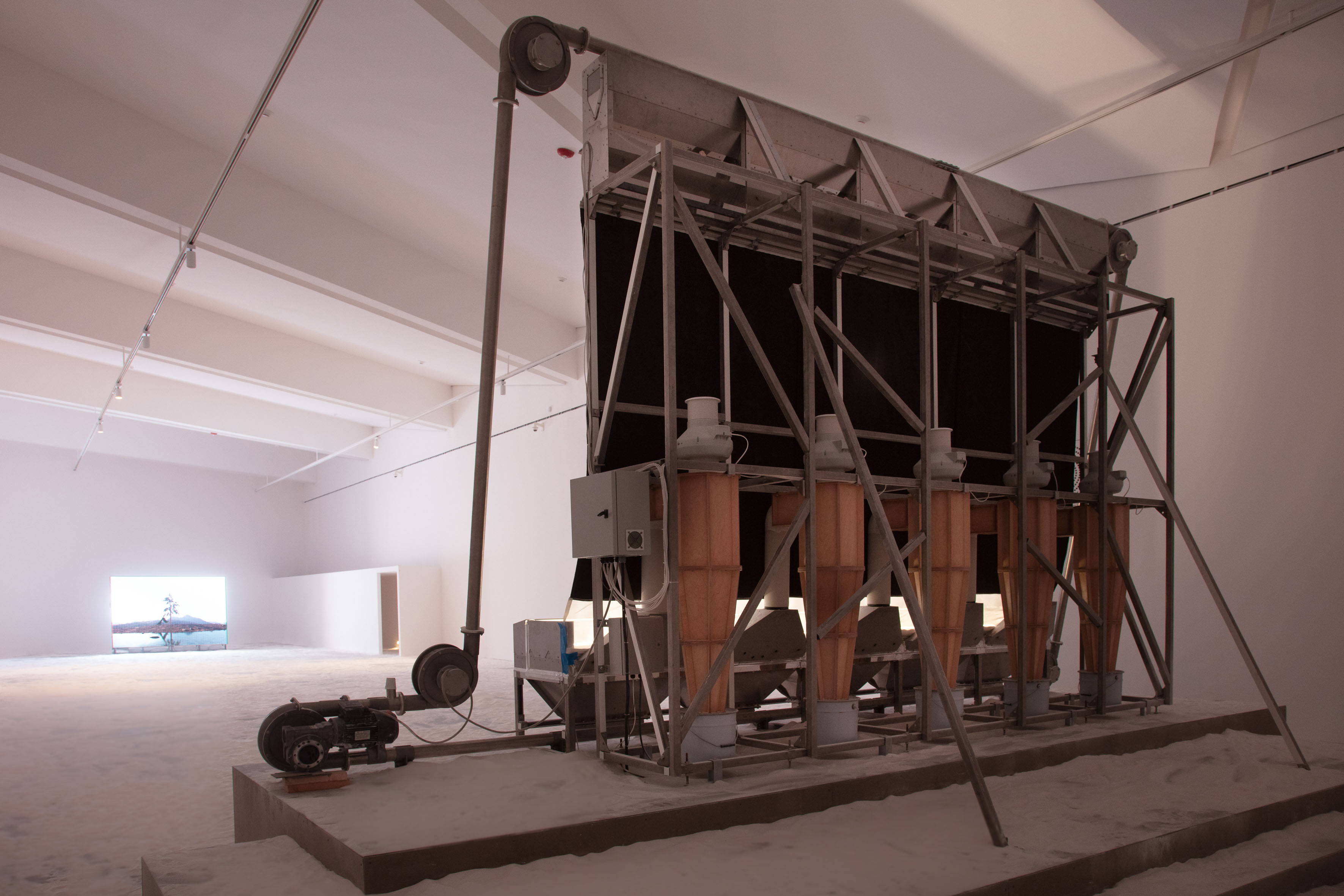

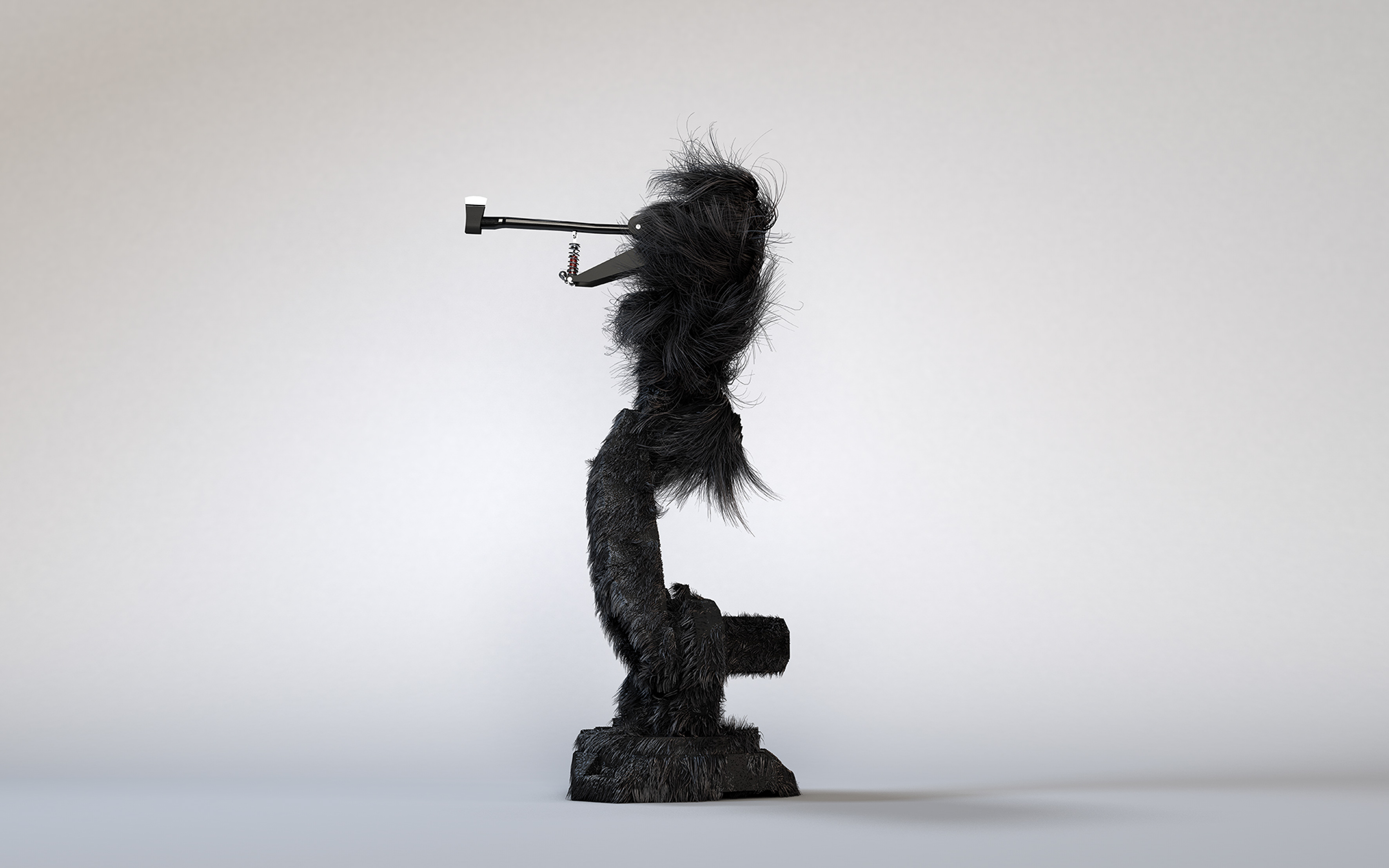


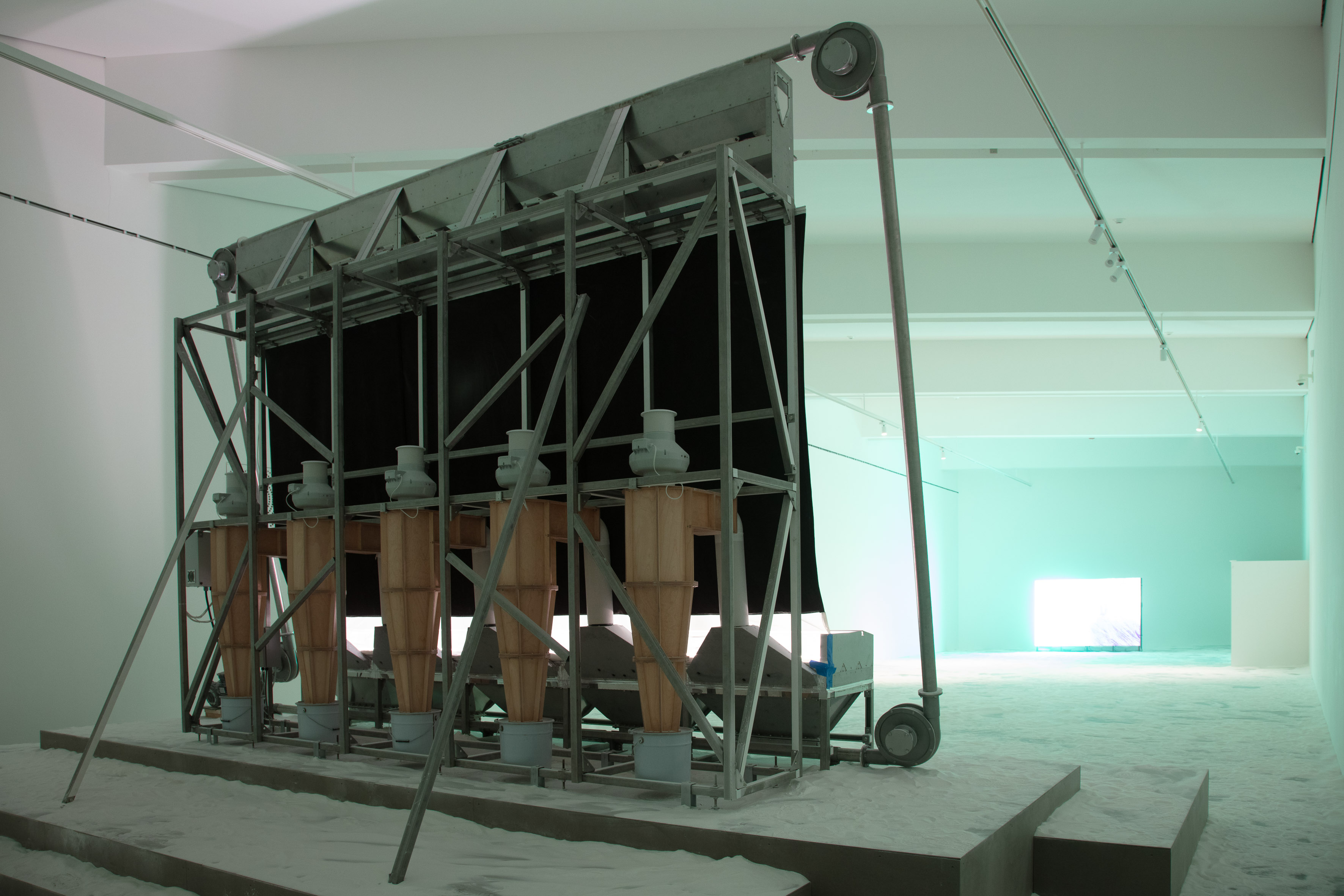

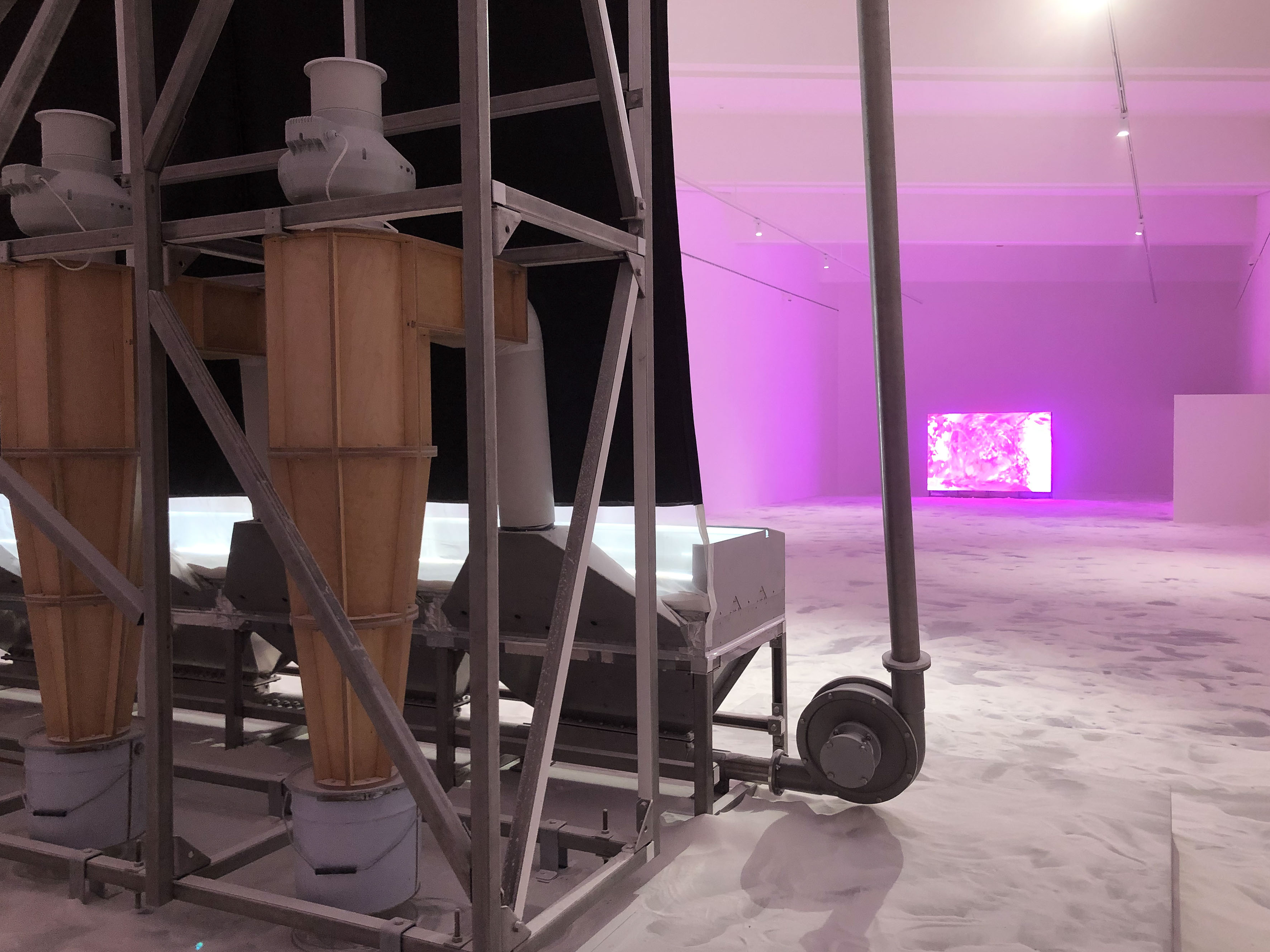
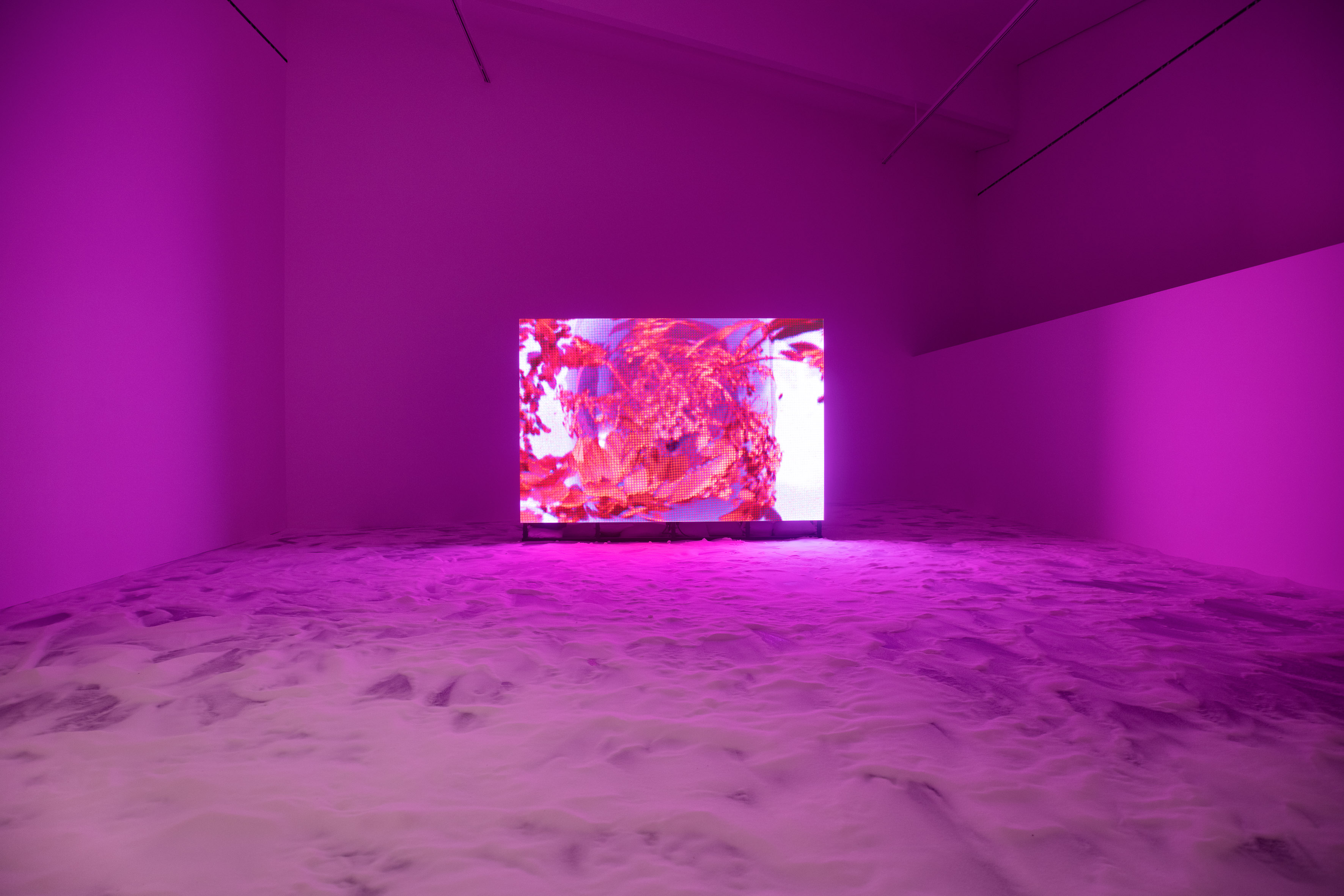
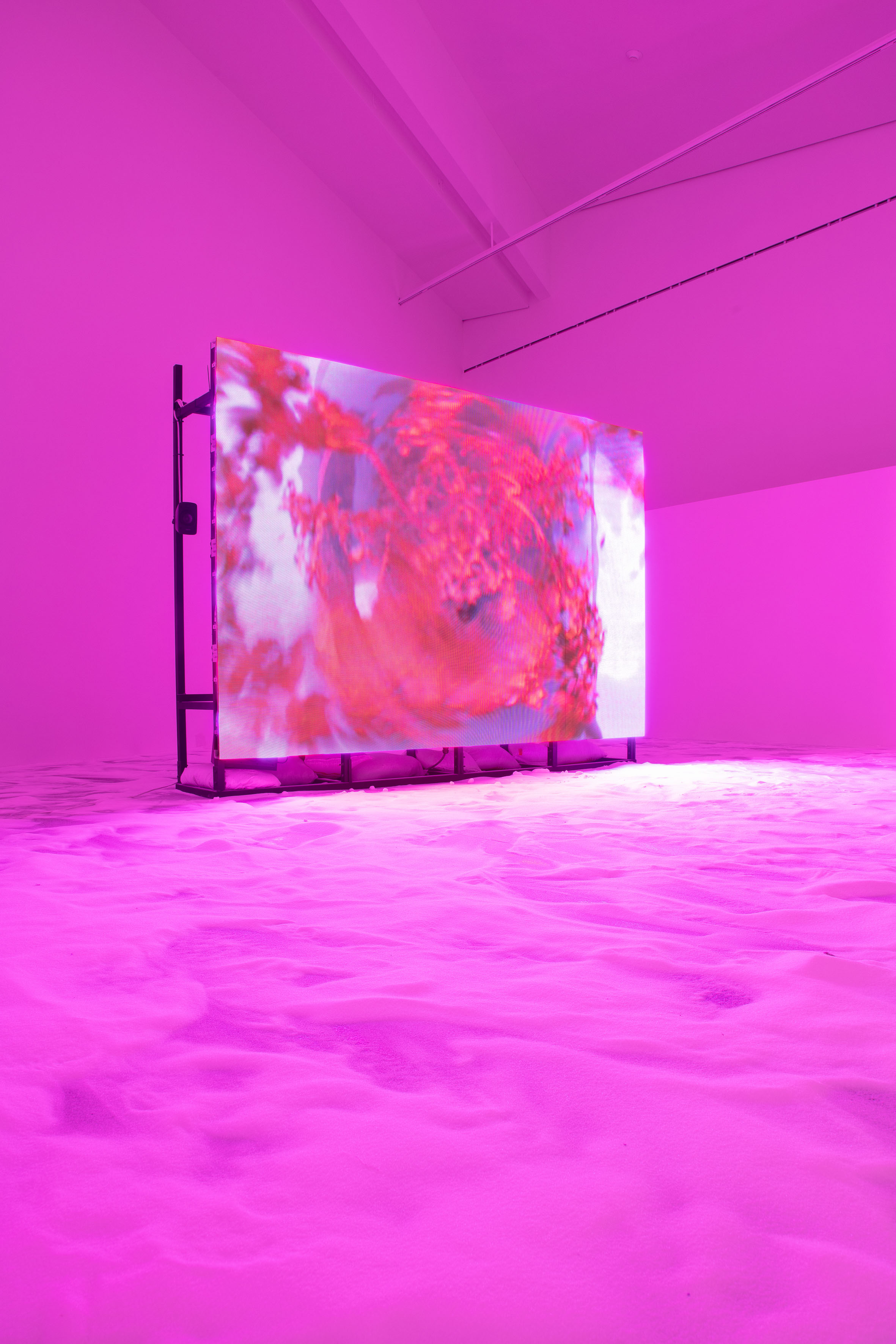

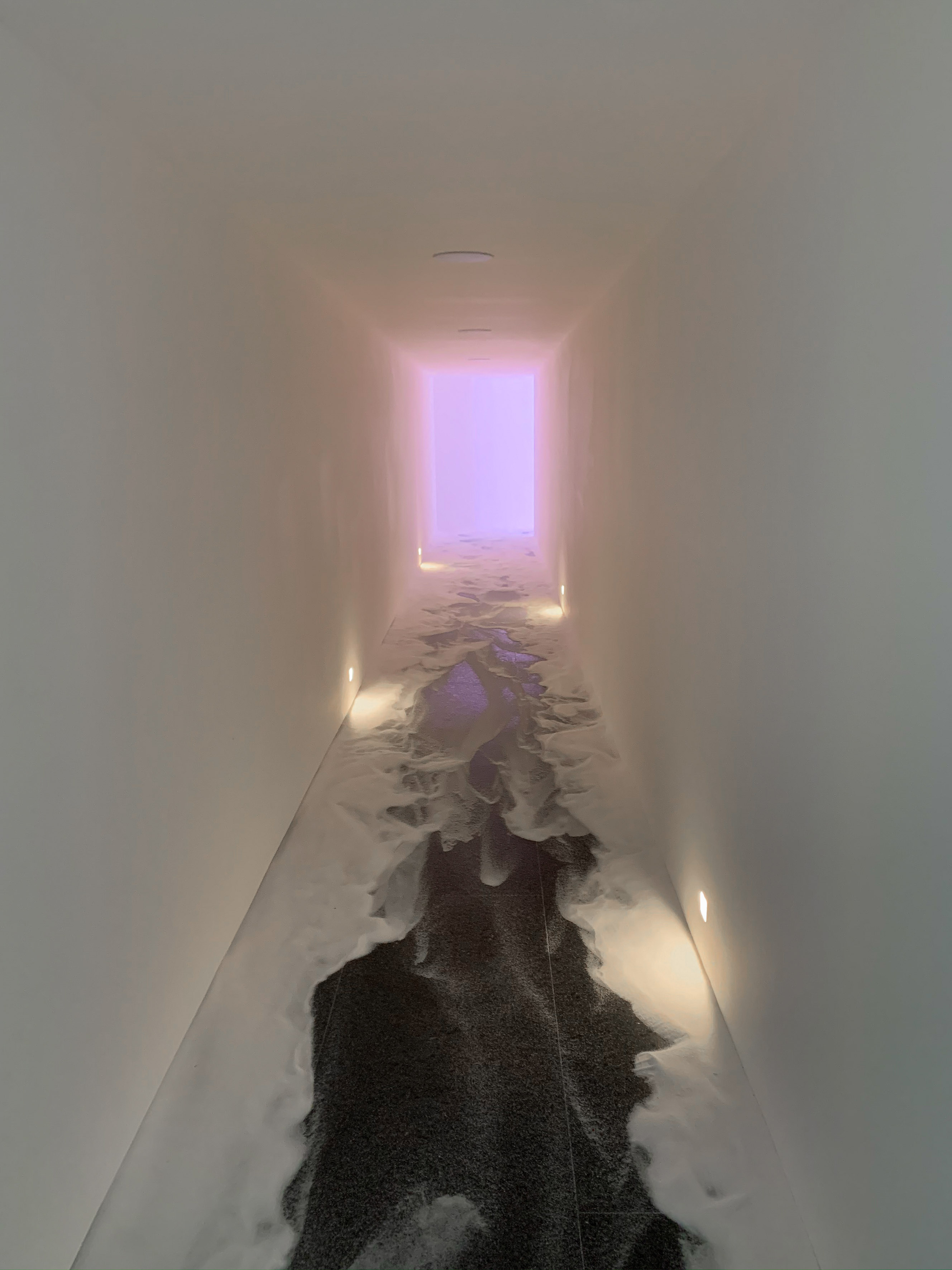
Troika’s exhibition No Sound of Water forms part of their ongoing project Untertage*. Meaning ‘below the earth’, or literally, ‘under the day’, Untertage takes shape as an elaborate ecosystemic fiction: its protagonist, salt, is devised as the hero of an aeonian drama of world domination.
Troika have decided not to make an exhibition about salt, but under the pretence of happening for, with, and by the chemical compound. The crystal takes centre stage as the true agent of cultural evolution, the critical component for the tools without which human civilisation could not have developed as we know it.
Steeped in dysphoric (or is it rational) anxiety about a not-too-distant future in which our home planet has become unliveable due to humanity’s destructive actions, Troika have constructed a paranoid alternate reading by retro-casting their protagonist into the role of a genocidal, ecocidal, and holocidal mastermind, the creator of a new geological epoch of anorganic intelligence and synthetic biology after all organic life has ceased to exist: After having coerced humanity into mining and refining the mineral, developing flint into arrows and scrapers and quartz into microprocessors, salt, finally, brings about a new age of silicate-based ‘life’ after our demise.
Visitors to the exhibition find themselves in a charged space between two works; one is materially present to the point of being uncontainable, the other is confined to the realm of digital unreality. Both process or are processed by silicates — be it in the form of table salt or silicon chips.
No Sound of Water (2021), a new commission for Arte Abierto, delivers a constant torrent of salt like a bottomless hourglass. It relentlessly conveys large quantities of table salt into the upper level of its framework and then rains a steady stream back down into its trough. The structure itself is adapted from an industrial processing machine, a reference maybe to the extractive technologies that have contributed to the planet’s anthropocentric transformation. The elaborate construction is on constant duty, salt crystals always in motion and surely also, over time, increasingly uncontrollable, spilling into the room, collecting in cracks in the floor, lungs, rolled up trouser legs, keyboards, and the lunches of the foundation’s staff.
The sculpture refers to an iconography of waterfalls familiar from 19th-century landscape photography, where the constant movement of water is recorded as a hazy, misty, blurry, dreamily suspended entity, due to the long exposure times typical for early photography. These now iconic images were often produced as albumen silver prints, which meant coating paper in an emulsion of egg white (albumen) and salt. Creating an image of the US-American West and South-West as an endless expanse of awe-inspiring and ‘untamed’ beauty, they formed part of a programme of economic expansion organised by the American Department of War. In 1868, the photographer Timothy O’Sullivan took the first large format photograph of the Shoshone Falls in Idaho, and, by virtue of the image’s dissemination, helped set in motion an invasion of settlers bringing with them irreversible change — and often destruction — to the landscapes he had documented.
Here, the romanticised pictorial tradition of the iconic waterfall shows up its industrial spine. No Sound of Water folds in a reference to early photography’s salt-based chemistry, and simultaneously illustrates the mise-en-scène of a metallic, machinic, wasteland cascade of posthuman folly. Maybe paradoxically, as a device of constant regurgitation and entropy, it also demonstrates what it means to generate a picture, especially a digital one: it is itself a Sisyphean image processor. Troika understand this as a transposition of historic photographs into a physical structure that nonetheless simulates, by analogy, the waterfall: It is a virtual waterfall, in the sense of the term’s historic definition; not the thing itself, but the same thing in effect. An ominous monument to salt, but maybe also an anticipation of the aesthetic enjoyments only appreciated by the silicon-based lifeforms yet to emerge.
Terminal Beach (2020), a four-minute animation, shows a forlorn and depleted landscape with a single tree – the last tree on earth. A robotic arm covered in long, black, swaying fur is rhythmically applying an axe to the trunk of the tree, which shudders with each impact. Although the digital animation seems to be arrested in an eternal loop — no blow of the axe leaves a cut bigger than the one before — it becomes apparent that the scene takes place at the edge of time, at the precipice after which there will be no conscious or at least carbon-based entity marking a here and now. The digitally animated robotic arm, whose appearance is modelled on industrial Kuka machines used on assembly lines, was motion capture trained by the artists themselves. Human engineers are thus doubly inscribed into the machine’s actions, resulting in a film whose metaphor is blunt: we are destroying the world that sustains us and any acceleration of technological, capitalist, and industrial advancement is also an acceleration towards extinction.
The work shifts perspectives, both literally, i.e., visually, and by other means. In classic cinematographic style, the opening shot draws slowly closer to the robot and tree at (human) eye-level and then cuts to a drone view circling above (who is watching now?). In the next shot, the ‘camera’ seems to be attached to the furry robotic arm, and the visual quality of the colour filter resembles the greenish and pixelated hue familiar from digital photo sensors — the machine’s view, seen with silicon eyes. The last POV places us in the tree, looking down towards the earth as the tree through a blurry fisheye lens and just faintly sensing the irritant presence below. The acoustic backdrop throughout the film doubles the uncanny nature of the robotic primate arm by bearing a resemblance to bird sounds; in fact, what we hear is a ‘geophony of lightning strikes, solar winds, and geomagnetic storms’ (Troika), recordings of space weather captured as radio waves by the British Antarctic Survey.
Troika are working through and making accessible ways of seeing and sensing that may represent actual alterity: if the world (our world) is ending, how do we cross over and become alien? How do we invite the shock and the pleasure of alterity in view of our own annihilation? No Sound of Water is accompanied by its sister exhibition To See a World through a Grain of Salt at OMR Gallery, Mexico City, on view through December 18.
[*‘Untertage’, by artist collective Troika (Conny Freyer, Sebastien Noel, Eva Rucki), is part ecosystemic fiction, part re-telling of an alternative geoscientific history, staged in two parts across two locations: ‘To see a world through a grain of salt’, on view at OMR and ‘No sound of water’ at Arte Arbierto, Mexico City.]
[Text: Eva Wilson]
©YYYYMMDD 2021 All content and design by Daniela Grabosch + Ricardo Almeida Roque unless otherwise stated. Images, Videos and Texts can only be used under permission of the author(s).